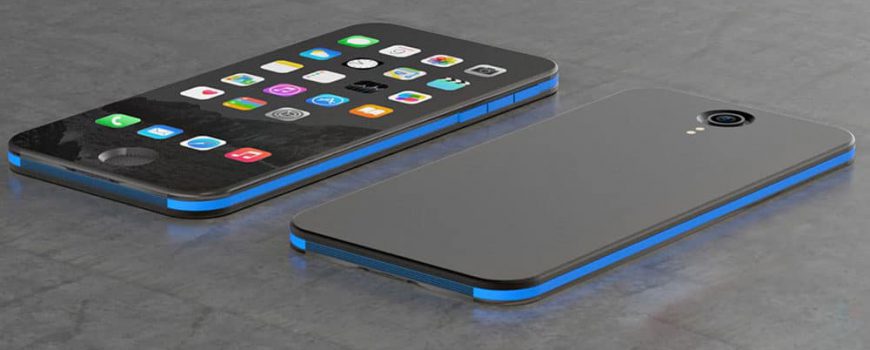)
This fall, Apple is due to release its highly anticipated iPhone 8 when it plans to remind people how it revolutionized the entire smartphone industry and took the world by storm. The latest iPhone is expected to have new features including everything from high-resolution displays, 3-D sensors and even wireless charging. Most of these features have been available in competing phones for years, however Apple is known for creating the most user friendly versions of already available features, and having the most success implementing them, as it did with their Apple Pay system, for example. The fact that Apple has taken their time in adopting those features highlights a fact that many tech analysts have suspected for years – users are holding on to their phone for longer periods of time. Based on extensive market research, many analysts estimate that 40% of iPhones on the market are more than two years old, which would be a historical high.
That is one of the main reasons investors have driven Apple shares to an all-time high – with all the old phones on the market, iPhone users are desperate for a new cellular device, and the cult-like brand loyalty they have developed means most of them will wait for the newest version, even if it doesn’t contain any breakthrough or state of the art features. Many investors are still speculating on why Apple held off adding new features to the iPhone 7, which received criticism for not being any different from the previous version, with some believing it would give them more wiggle room to ensure the iPhone 8, released for the 10th anniversary, would be that much more revolutionary. This line of thinking would lead one to believe that the development and launch of the 10th anniversary iPhone is based more on consumer upgrade cycles than it is on technological advances.
When a market is completely saturated, growth comes in the timing of release on of new editions. The same phenomena has been going on for years not just with smartphones, but also with PCs and tablets. Thus far, Apple has done its best to keep product features under wraps, but reports from different Asian component suppliers are leading one to believe it will have high resolution displays using OLED technology, possibly including curved edges, a feature seen on the Samsung Galaxy S7 Edge. Analysts do not expect any major change to be made to the appearance, as the current design has successfully built them significant brand loyalty and remains popular. Some of the features expected to be included, like wireless charging, are still fairly messy, so analysts do not anticipate the release to be rushed to ensure all the kinks are worked out. Some of the patents Apple has filed also lead analysts to believe the home button will be replaced with a fingerprint sensor beneath the front display glass.
Growth in smartphone sales worldwide slowed in 2016, only rising 2.3%, thanks in part, many believe, to carriers no longer subsidizing phones and giving customers a discount – making a new smart phone purchase more expensive, and therefore a harder decision. Apple is expected to invest a significant amount into marketing this time around as they aim to drive home the point of their 10 years of domination in the smartphone market and maintain brand loyalty by reinforcing the fact that they set the standard in “mobile computing” and they believe they are just getting started. Every model they release continues to be more expensive, with the iPhone 7 Plus topping out at $969 with the max upgrades, many people believe the new iPhone could top $1k plus at its highest model – an ultra-premium iPhone for the most die-hard Apple fans.

